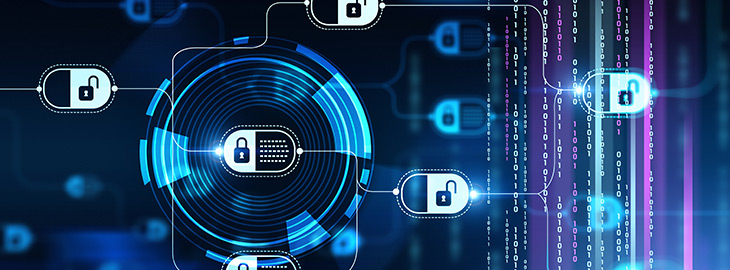
In the fast-paced digital world, the threat of cyber attacks is ever-present. As technology evolves, so do the methods used by cybercriminals, making it crucial for organizations to stay ahead of the curve in cybersecurity. This article outlines proactive steps you can take to safeguard your organization’s digital assets and maintain the trust of your customers.
The Growing Threat of Cyber Attacks
The digital era has brought about a reliance on technology for day-to-day operations, communication, and information management. With this reliance, however, comes the increased risk of cyber attacks. High-profile breaches are becoming more common, damaging organizational reputation and customer trust. The average cost of a data breach is a staggering $3.86 million, making a proactive approach to cybersecurity not just prudent but essential.
Implementing Multi-Factor Authentication (MFA)
One key step in strengthening your cybersecurity is implementing multi-factor authentication (MFA). MFA adds an additional layer of security, requiring multiple forms of identification before granting access to systems or data. This makes unauthorized access significantly more difficult for potential attackers.
Educating Employees on Cyber Risks
Employees are often the first line of defense against cyber threats. Regular cybersecurity training sessions can inform them about potential risks and the best practices for identifying and preventing attacks.
Keeping Systems Updated
Cybercriminals frequently exploit vulnerabilities in outdated software and operating systems. Keeping all systems up to date with the latest patches is a critical step in protecting your organization from these threats.
Physical Security in Cybersecurity
While cybersecurity focuses on protecting digital assets, physical security measures are equally important. Ensuring that servers, computers, and other hardware are adequately protected can prevent physical theft and unauthorized access to critical systems and data.
Developing Strong Password Policies
Password security is a cornerstone of cybersecurity. Robust passwords and regular password updates are vital to preventing unauthorized access. Additionally, two-factor authentication can provide an extra layer of security for sensitive accounts.
Investing in Cybersecurity Technology
Investing in advanced cybersecurity technologies like comprehensive antivirus software, firewall systems, intrusion detection systems, and encryption technology can significantly bolster your organization’s defenses against cyber attacks.
Employee Training and Awareness
Training employees on cybersecurity best practices is not only an investment in security but also in your organization’s future. Awareness training can help develop the necessary skills to prevent cyber attacks and understand compliance regulations related to data privacy laws.
Conclusion
Enhancing organizational cybersecurity is an ongoing process that requires proactive measures, updates on the latest threats, and a well-educated workforce. By staying ahead of the curve, organizations can protect themselves against evolving cyber threats in our increasingly connected world.
Related Items: crime, cyber-attack, data, information, organization, password, security.